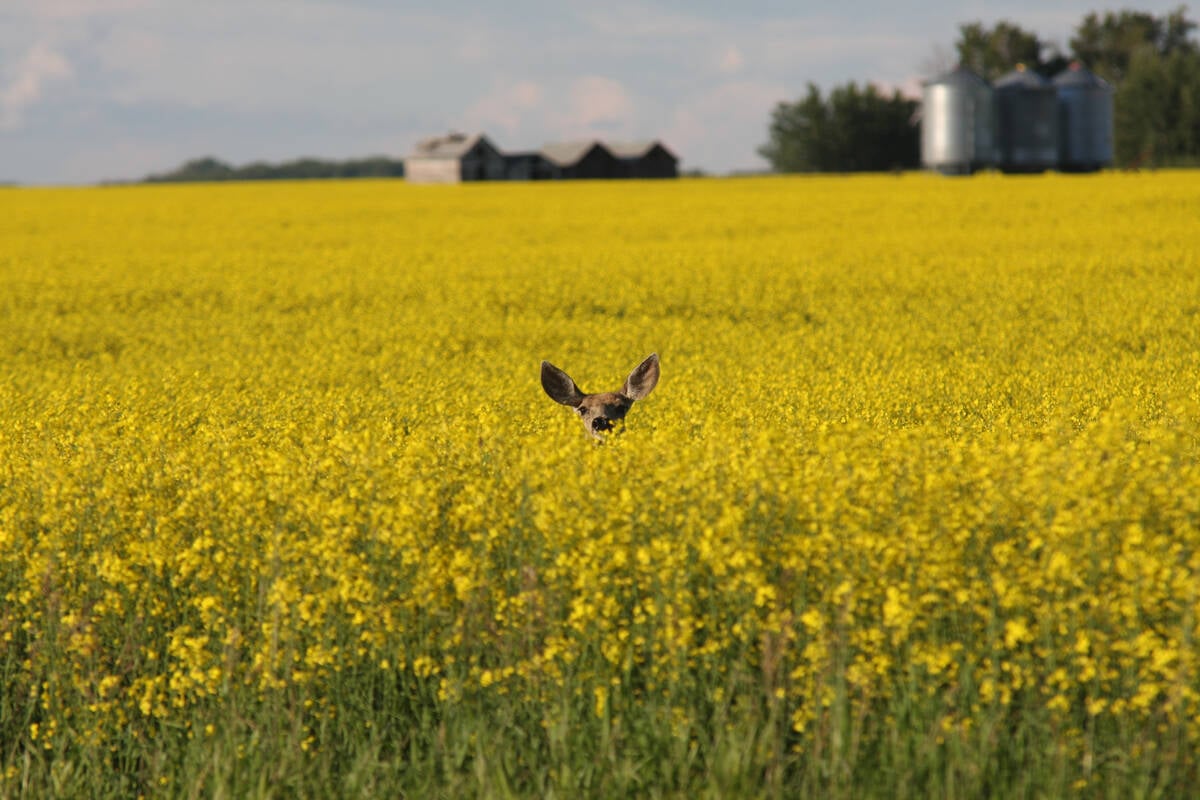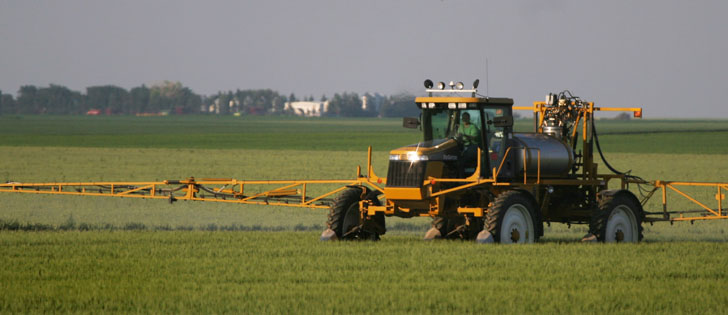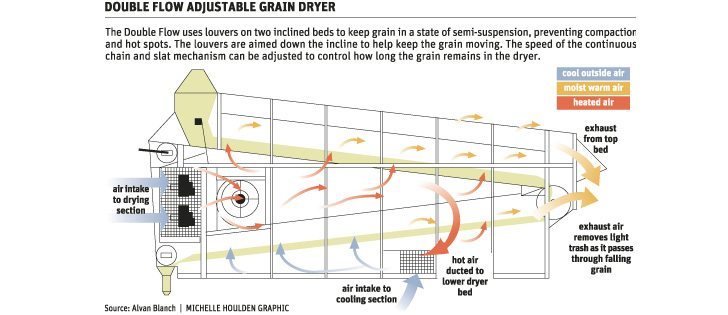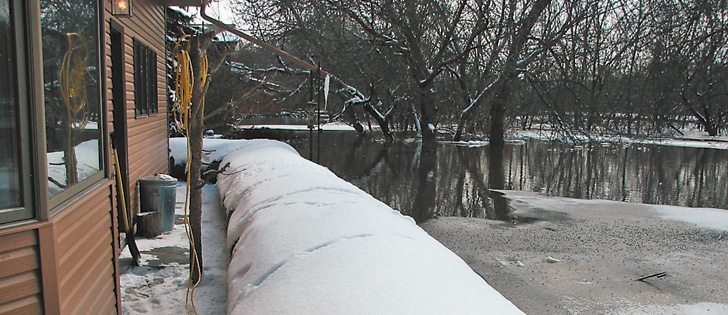A Western Grains Research Foundation survey indicates wheat growers strongly support increased funding for public wheat breeding in Canada.
On June 11, the WGRF released results from its survey of 600 wheat and barley growers in Western Canada.
In the March telephone survey, conducted by a Saskatoon research firm, 84 percent of producers said funding for breeding programs by public organizations like Agriculture Canada and universities should increase with the goal of developing new and improved varieties.
A month after the telephone survey, the federal government cut Agriculture Canada’s budget for wheat breeding, including the closure of a major wheat breeding facility, the Cereal Research Centre in Winnipeg.
Read Also

Drones now used to assess wildlife crop damage in Saskatchewan
Wildlife damage in Saskatchewan crops is now assessed by drones and artificial intelligence.
“Unfortunately, it looks like the spring wheat program for the black and dark brown soils zones has been slashed by about one-third at a time when the world needs more production,” said Grain Growers of Canada president Stephen Vandervalk, following the government cutbacks.
Twenty-three percent of growers who took the survey said weather was their number one wheat production concern and 23 percent said disease was their number one worry.
As well, even though canola may soon overtake wheat as the number one crop on the Prairies, 92 percent of growers in the survey said they had grown wheat in the past three years. Seventy five percent said they had grown canola over last three years and 57 percent had grown barley.
Further, 90 percent of respondents said wheat was a very important or somewhat important part of their crop rotation.
On the negative side for wheat, when growers were asked why they grew it, 64 percent said they planted wheat for crop rotation. Only 18 percent said they grow it because of price or market demand. Six percent plant wheat because it’s cheaper or easier to grow.















